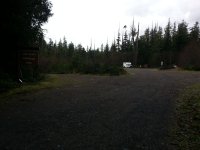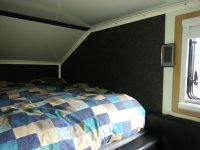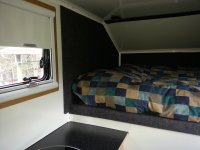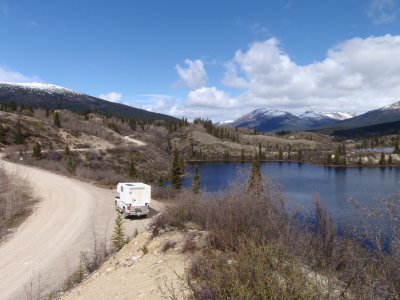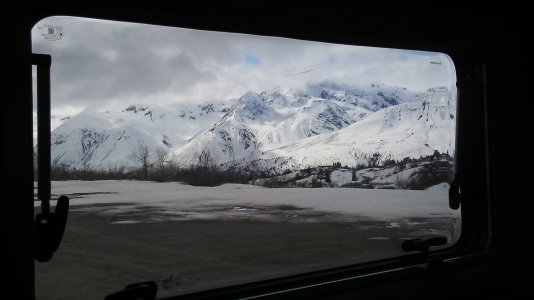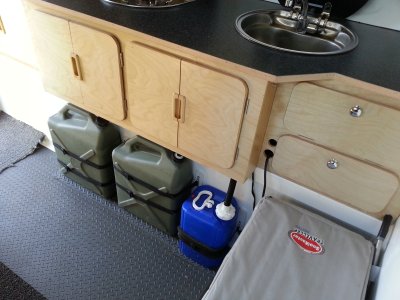NOPEC
Well-known member
Absolutely Dean will do soon. I'll do a non-overlander trip report on our summer paddling expedition and an update on our CPT camper build on this thread. It has been great so far and we are really enjoying the less is more theme!! Here is a before and after from Hay River....Hey Bob, how 'bout an update on your build progress? Pretty please...
Public Beach in Hay River, NWT just prior to leaving. Camper and the boats look great!
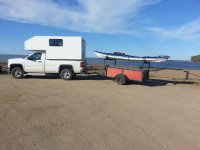
Same public beach 74 days later. Trail Talk knows some of the story which I will elaborate on later here on ExPo but reader's digest is that I had to be medivacked out on day 68 of our planned 80 day kayaking trip around Great Slave Lake. The suspected Stroke and/or TIA assessment turned out to be wrong thankfully. However, where we were plucked off is inaccessible by anything other than a helicopter or a kayak so sadly, the boats and gear was unrecoverable. However, even with no boats on the trailer, the camper still looks great!!
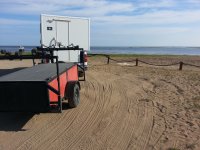
Last edited:

